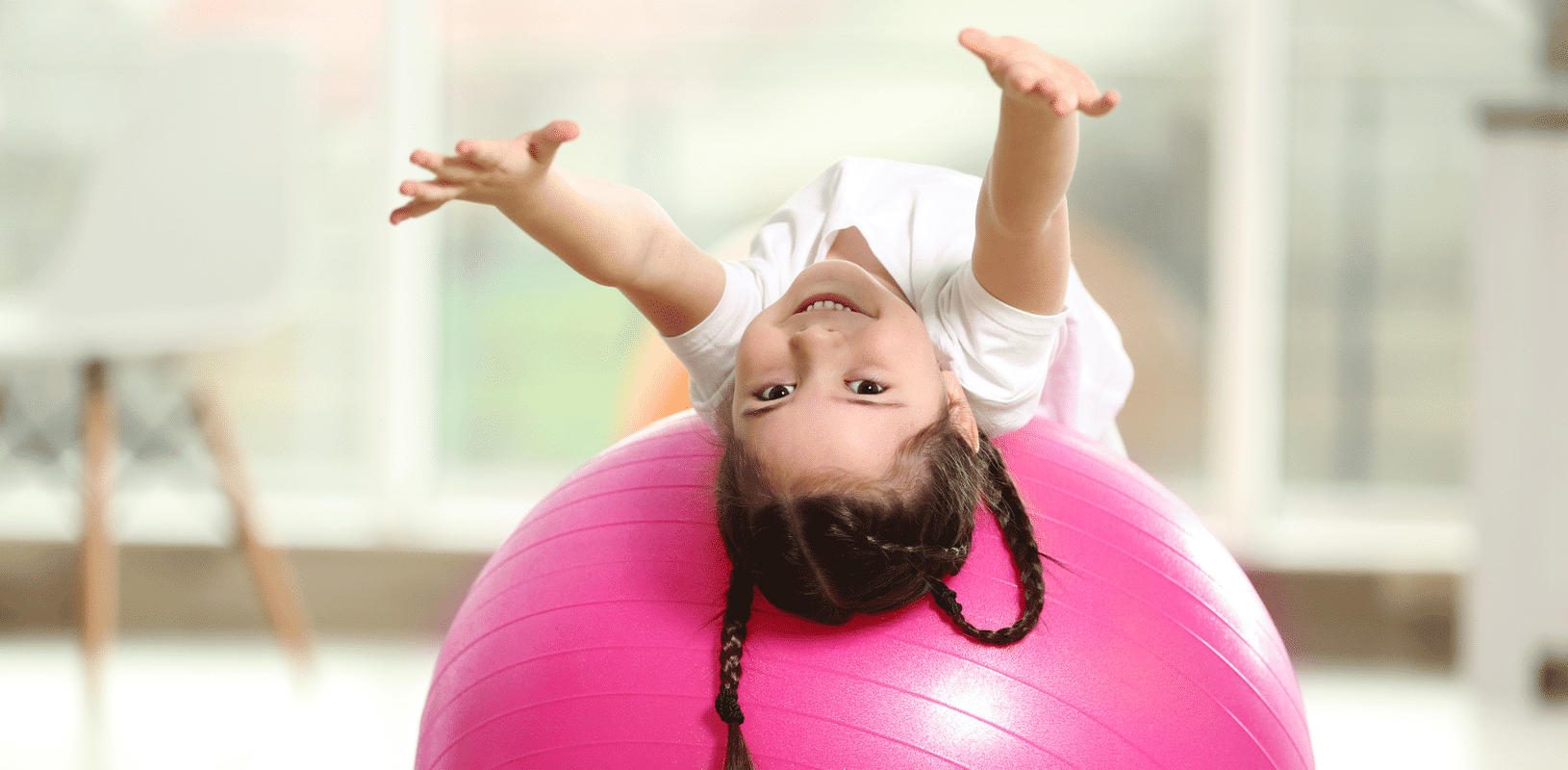
Physical Education: How to Have PE at Home
Just because your children may be attending school from home right now doesn’t mean they need to miss out on PE or recess.Why have PE at home? Physical Education, also known as “PE” or “Gym Class”, is an important part of a student’s daily routine. Body movement has the unique ability to both energize and calm us, and a fun PE class may help students focus better during their other classes. PE not only helps students channel their energy in a positive way, but the class activities can develop and reinforce motor skills like balance, reflexes, and coordination. These classes also subtly teach kids to be aware of their body, such as noticing their flexibility, how their muscles feel after exertion, and the difference in their breathing and heart rate from before and after movement. Learning to notice their baseline traits helps them develop the self-awareness that will be beneficial as they age and take more proactive control of their health.
Set aside an hour a day for them as a designated Phys Ed class. You may want to do it first thing in the morning, or mid-afternoon when they may need a break from the computer. Whichever you choose, here are a few ideas on how to have PE at home without a lot of equipment or experience as a personal trainer!
These activities can all be done in small indoor spaces:
- Classic Calisthenics: Jumping jacks, high-knee running, toe-touches, push-ups, tricep dips off the end of a chair, lunges, and squats can all be done in indoors or out.
- Yoga stretches: Do basic yoga stretches like those on this list — these are also great to do later in the evening after sitting in front of a computer all day!
- Dance: Turn on your favorite playlist and shake it out.
- Simon Says: This classic game can easily be played in small spaces and if you play using commands such as the calisthenic moves listed above, it can be a fun way to sneak in some cardio and strength training moves.
- Hula Hoop: The largest hula hoops are 3.5 feet wide, so if you have room, use a timer to see how long the kids can hula without dropping the hoop. Have them try and beat their best record!
- Balloon Toss: Blow up a balloon, hit it in the air, and chase it around, hitting it to keep it from touching the ground, or certain items in the room. Start over every time it hits the floor. A balloon is less likely to break a lamp or vase than a ball would, but depending on your children, you may want to move this one outside!
- Be an Animal: Imitate the movements of an animal: walk like a bear, strut like a chicken, flap like a bird in flight, gallop like a horse — this is a fun and funny way to get in some movement.
Have a large indoor space, or a yard or driveway? Here are some activities you can do:
- Jump Rope: The classic move gets the heart pumping.
- Play Tag: One person is It, and that person chases other players until they touch one, then that player becomes It. This involves a lot of high-intensity cardio!
- Play Red Light, Green Light: Stand at one end of the lawn or driveway, and have the children stand at the other end. They will then race to see who can get to you first, but whenever you call “red light” they both must freeze until you say “green light.” The quick stopping and starting movements are good for working on reflexes as well as listening skills.
- Yardwork: Who says gym class can’t be productive? Mow the lawn, pull weeds, tend to the garden, sweep the patio — all these things count as exercise, plus you can call it a lesson in botany or home care!
- Play Catch: Toss a ball back and forth to work on coordination skills. You can add running drills by throwing long, or calisthenics after a certain amount of successful catches.
- Obstacle Course: Set up an obstacle course using anything you have handy — lawn furniture, hula hoops, balls, or random things in the yard can be climbed over or under, tossed, run around, or any number of variations depending on the rules you set.
Walk, Jog, or Hike: If the weather is nice, get outside and take a stroll, either around your neighborhood or in one of San Diego’s many scenic locations. Here’s a list of 6 family-friendly San Diego hikes.
Don’t forget, nutrition is also a part of health and physical education — teach your children about balanced meals, vitamins, and nutrients by getting them involved in making lunch or dinner for the family. We have a helpful article about getting kids involved with meal prep — and teaching math and science lessons while cooking — here.

Join our Senior Wellness Society for the latest news on Medicare and tips for healthy living in San Diego!
Sign up now ›Are you looking for specialized medical care in San Diego?
Our directory has more than 850 doctors in San Diego County of various specialties who are available to help you.
Find a doctor